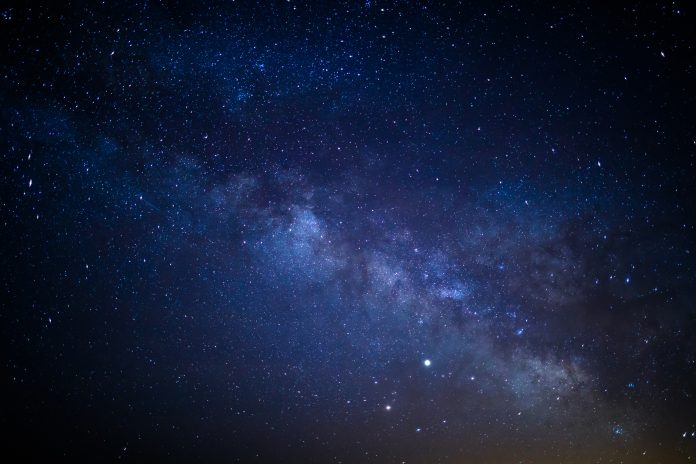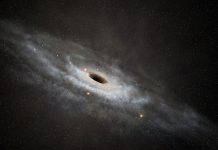In a groundbreaking discovery, the James Webb Space Telescope has identified six intriguing celestial objects known as rogue worlds, each possessing masses similar to planets but untethered to any star’s gravitational pull
These discoveries, detailed in a study led by astrophysicists from Johns Hopkins University, provide profound insights into the formation of celestial bodies at the boundaries between stars and planets.
Mystery’s rogue worlds
Located within the young star cluster NGC1333, approximately a thousand light-years away in the Perseus constellation, these rogue worlds have unveiled a new realm of cosmic phenomena.
The telescope’s observations have revealed that these objects, ranging from 5 to 10 times the mass of Jupiter, challenge conventional understandings of stellar and planetary formation.
One of these rogue worlds stands out for its lightness, with an estimated mass of about five Jupiters, adorned by a dusty disk, a feature typically associated with early-stage star formation.
The presence of these dusty disks around such low-mass objects suggests that they may have formed similarly to stars, albeit on a smaller scale. This finding raises significant questions about the processes that shape the cosmos, hinting that the line between what constitutes a star and what becomes a planet might be blurrier than previously thought.
Celestial formations
These discoveries highlight the diversity of celestial formations within our galaxy. While stars typically arise from the gravitational collapse of dense molecular clouds, rogue worlds may emerge from the gravitational interactions within young star systems, potentially ejected into space as solitary entities.
The implications of these findings extend beyond mere classification, they challenge existing theories of planetary and stellar evolution. By studying these rogue worlds in greater detail, astronomers hope to uncover more about their atmospheric compositions and potential for hosting their own planetary systems, similar to miniature versions of our own solar system.
The James Webb Space Telescope, a collaborative effort between NASA, the European Space Agency, and the Canadian Space Agency, has proven instrumental in these discoveries, leveraging its unprecedented sensitivity to infrared wavelengths. This capability has enabled astronomers to peer deeper into star-forming regions like NGC1333, unravelling mysteries that could reshape our understanding of the cosmos.











